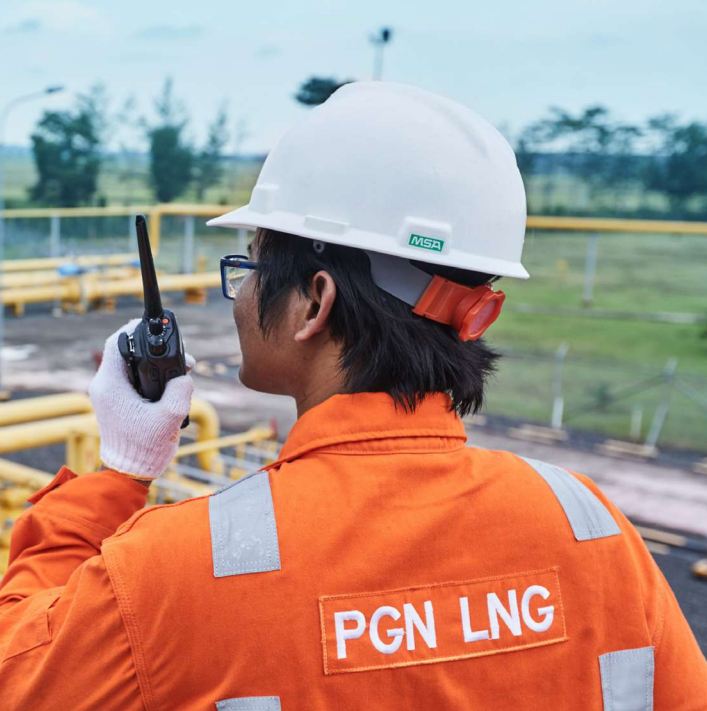A Better Future Starts Using LNG
By choosing LNG as an energy source, you can reduce emissions as well as fuel costs
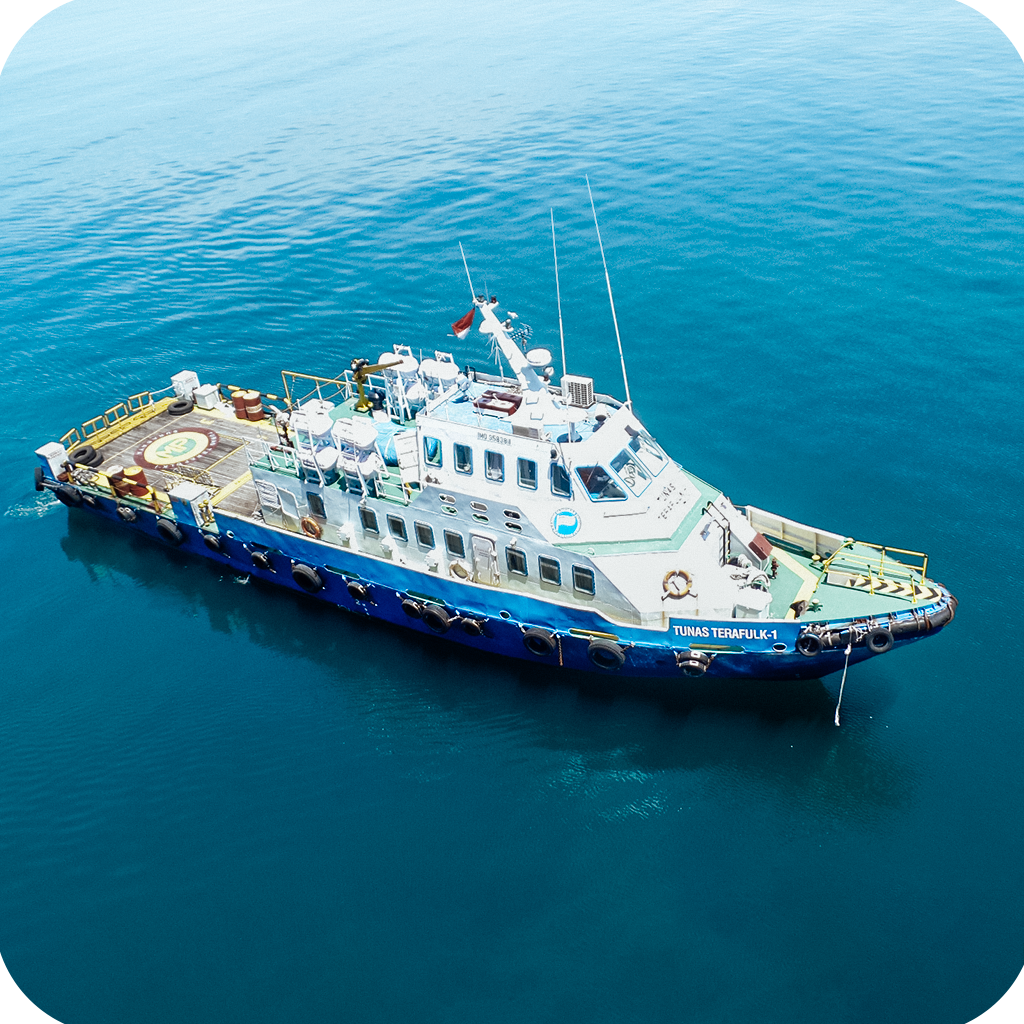
LNG FOR TRANSPORTATION
Despite innovations in transportation technology around the world, the transportation sector is the fastest growing consumer of energy and emitter of greenhouse gases and is expected to do so in the years to come. Liquefied Natural Gas (LNG) is a cost-effective solution to address the emissions challenges in transportation today and beyond.
LNG FOR BUNKERING
The use of gas fuel in the shipping sector is an advantage because it can save operating costs and reduce exhaust emissions. LNG Bunkering is an initiative for storing and distributing LNG as ship fuel using the Direct Berthing and Ship to Ship Transfer schemes. The use of LNG as ship fuel is part of the Gas Fuel conversion program for the maritime sector as outlined in the Grand National Energy Strategy (GSEN). Several LNG Terminal locations that will be sources of supply for PGN LNG in this LNG activity for bunkering will come from the Bontang LNG Plant, East Kalimantan, Indonesia and/or FSRU Lampung, Indonesia as well as other locations that can be developed further. The realization of LNG Bunkering is targeted to start operating in 2026.
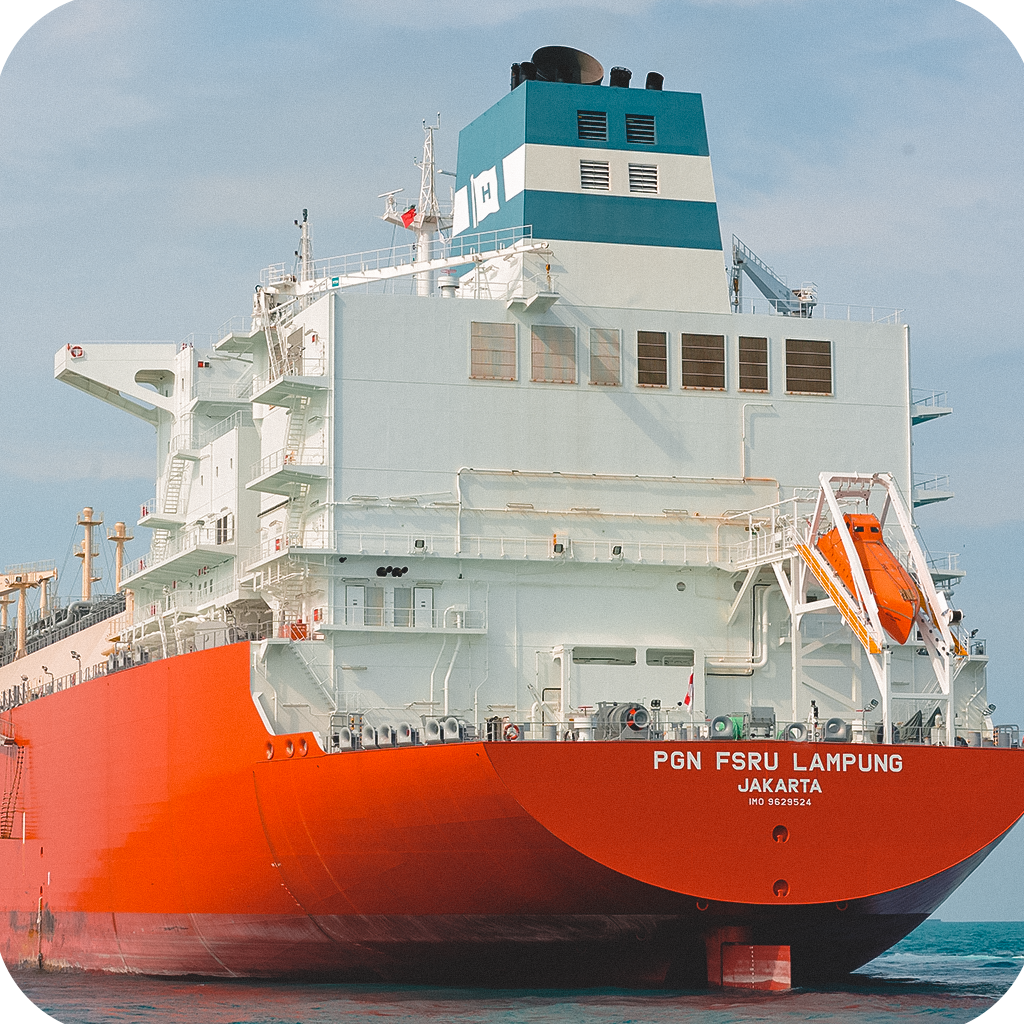
LNG FOR RAILWAYS
Increasing awareness of using more environmentally friendly fuels from public transport has led to innovation in possible applications for new or rarely used types of drives and fuels. Nowadays there is a lot of talk about hybrid drives, hydrogen, CNG, biofuels, but each type of alternative has some advantages and disadvantages. For example, CNG and electric vehicles which have a relatively small range are sufficient for use in public transportation in urban areas but for long distance transportation such as trains are inadequate. Imagine how big a battery you will need to install and how long it will take to charge the battery again. LNG (liquefied natural gas) compared to CNG allows up to 3.5 times longer range. Therefore, the possibility of using LNG in rail transport proves to be an attractive solution.
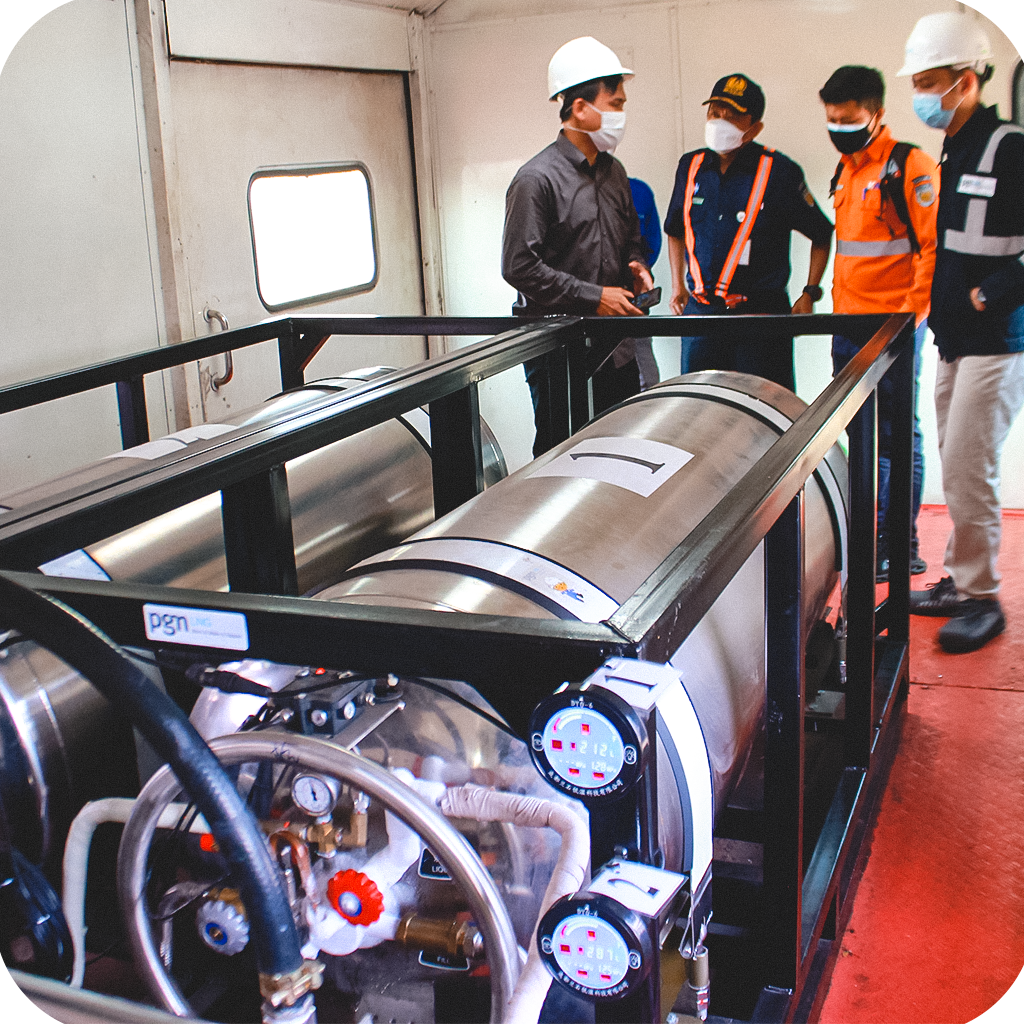
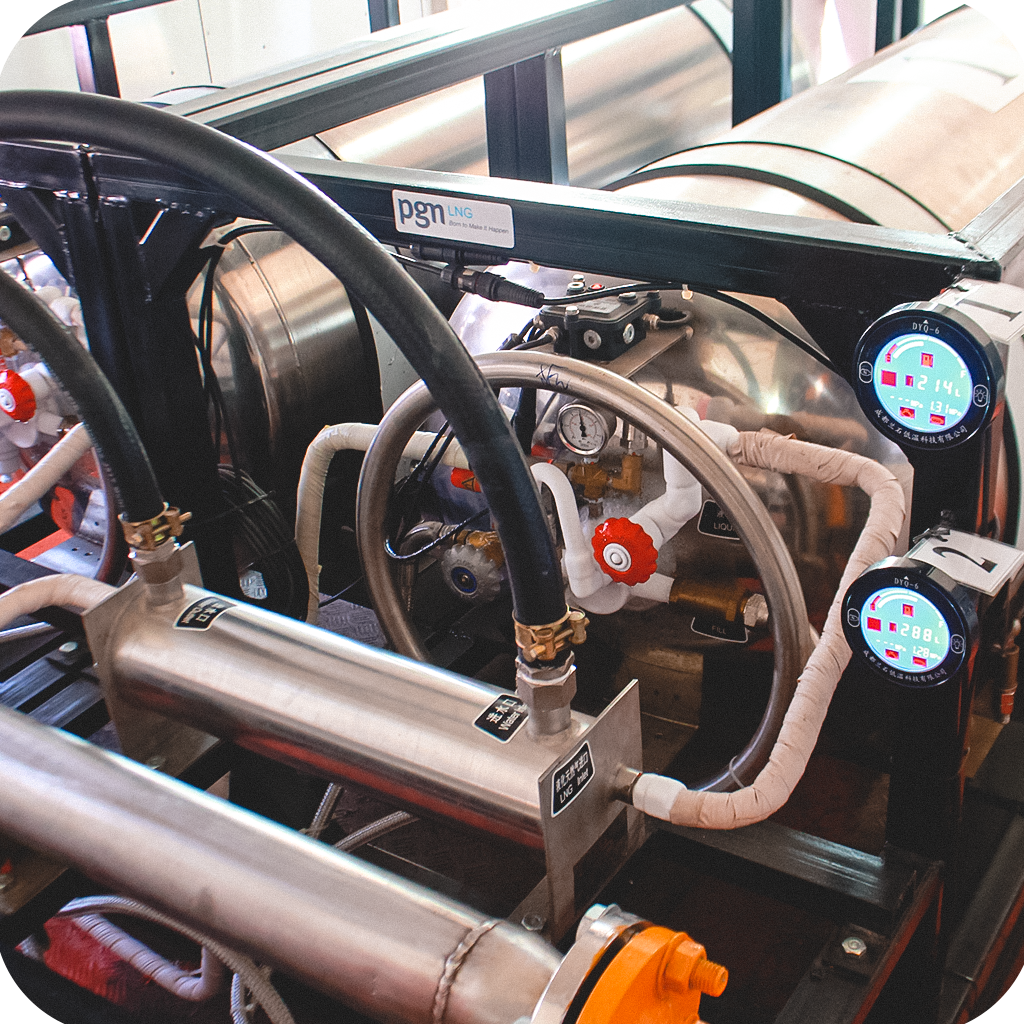
LNG is natural gas that is liquefied by cooling the gas to a temperature of around -162oC. This low temperature is called cryogenic liquid and requires special handling to store it. This cryogenic temperature can function to cool the engine temperature and the engine temperature can help the LNG evaporate back into its gas form. To keep LNG liquid, a special container is also needed, you can use an isotank or VGL (Vertical Gas Liquid) cylinders which make storing LNG more practical. This LNG cooling process also makes the volume 600 times smaller, making distribution easier.
Static and dynamic tests have been carried out on the use of public rail transportation owned by PT Kereta Api Indonesia Persero (KAI). This test uses a DDF (Diesel Dual Fuel) system which combines existing fuel with LNG. The results of static and dynamic tests show that engine performance efficiency is better when compared to using diesel fuel. Apart from that, the use of LNG fuel in trains has a number of benefits. Starting from fuel cost efficiency, lower gas engine maintenance costs, as well as the use of environmentally friendly energy or green energy.
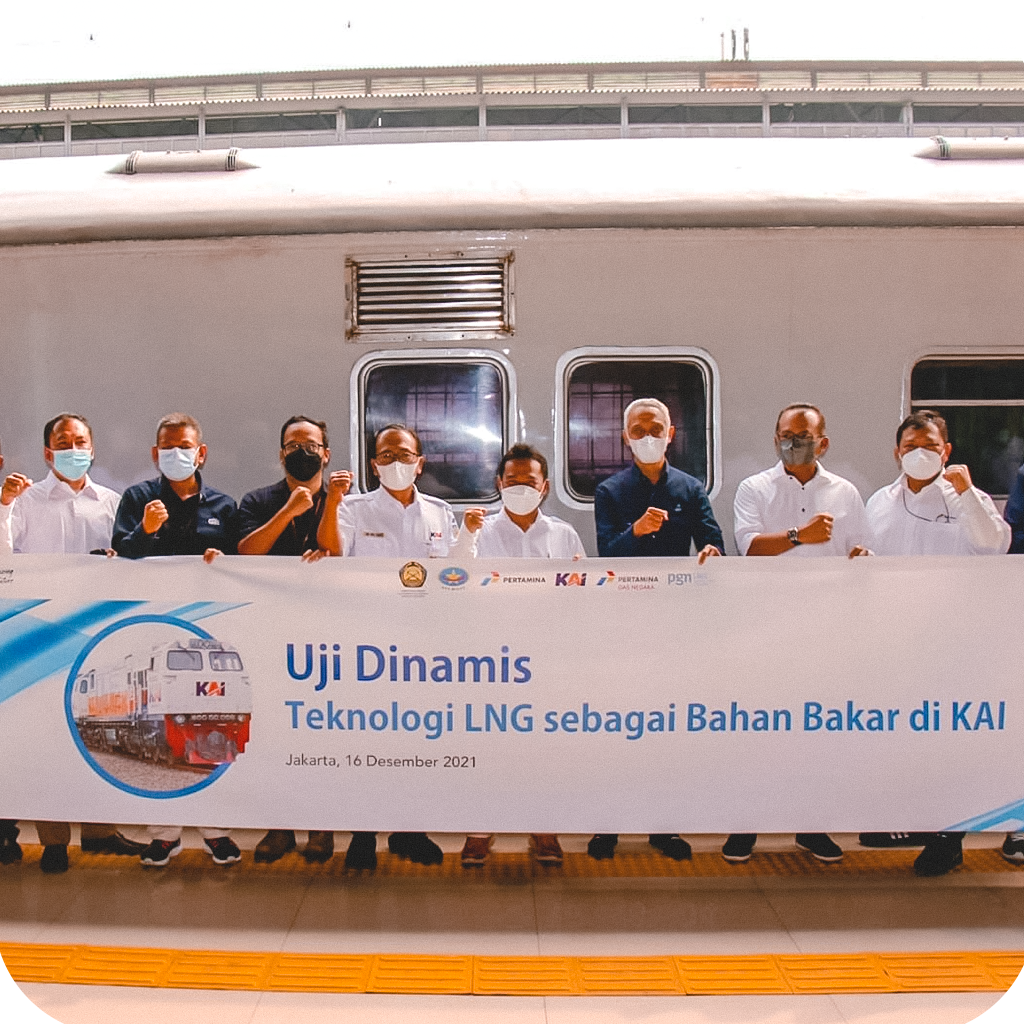
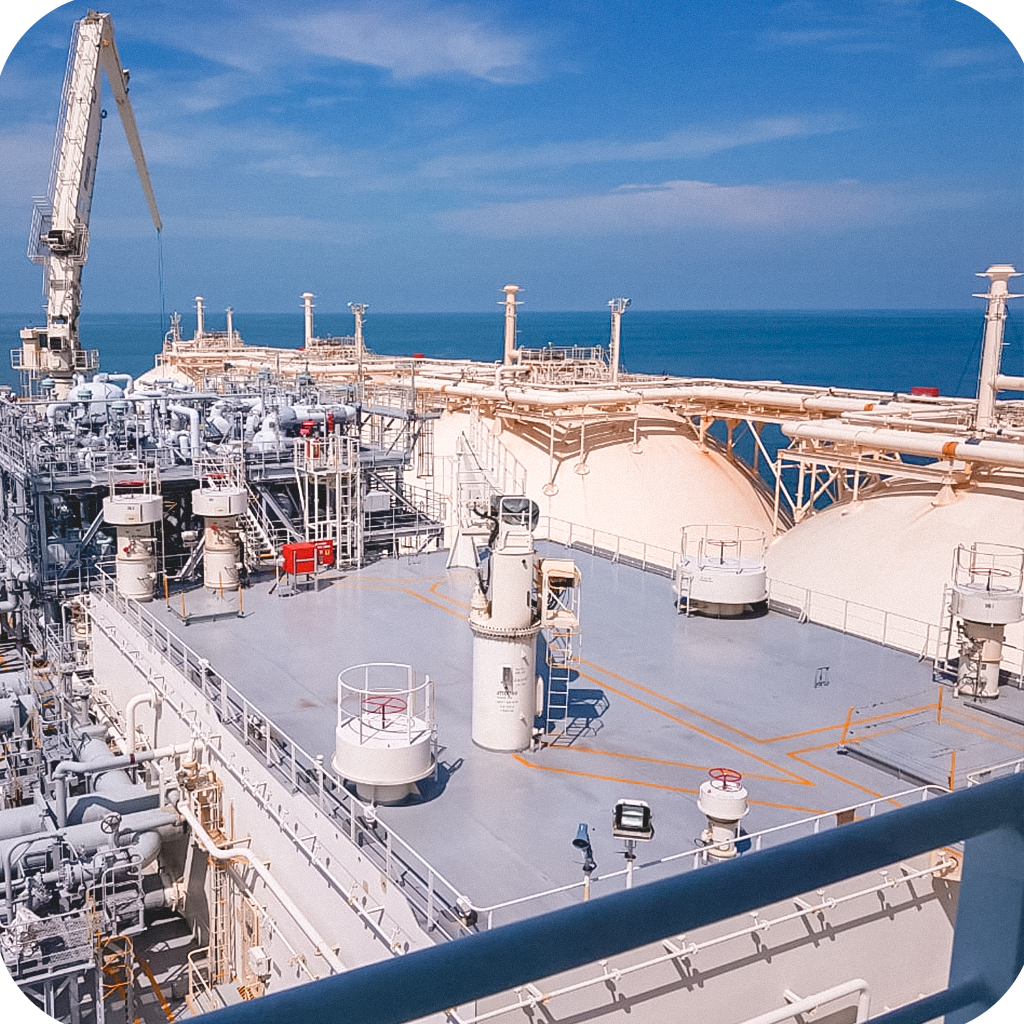
LNG FOR MARITIME
With the IMO’s SOx (sulfur oxide) restriction regulations introduced on 1 January 2020, most ships now use low-sulfur heavy oil. However, the use of low-sulfur heavy oil does not change CO2 emissions, it is clear that this fuel is inadequate in achieving the IMO goal of reducing CO2 emissions by more than 40% by 2030 compared to 2008.
Therefore, the introduction of LNG-fueled ships that do not use Heavy Fuel Oil is of interest in the long term. LNG is said to have a low environmental impact because it removes sulfur in the pre-liquefaction process, so it emits almost no Sulfur Oxide (SOx) or Particulate Matter (PM) when burned and produces less NOx (nitrogen oxide) and CO2 than other fuels. LNG is also relatively safe because its specific gravity is lighter than air and spreads easily, so the risk of explosion is smaller. Additionally, its proven reserves exceed those of oil and its ability to provide a stable long-term supply for more than 50 years could be a favorable consideration.
LNG FOR ENERGY
LNG is one of the materials used in the energy sector, especially electricity. The need for electricity on ships during Waiting Time (Anchorage Area) or Berthing Time is still needed, therefore to make it easier and reduce emissions, the ship’s generator can be supplied via the connection at the LNG Shore Connection at the dock or from the LNG Power Barge connection which is carried out at sea using a tug. boats. By using an LNG Power Barge you will save 10% – 15% compared to using an HSD, whereas if you use LNG Shore Connection as the electricity supply on the ship you will save 25% – 30% compared to using an HSD.
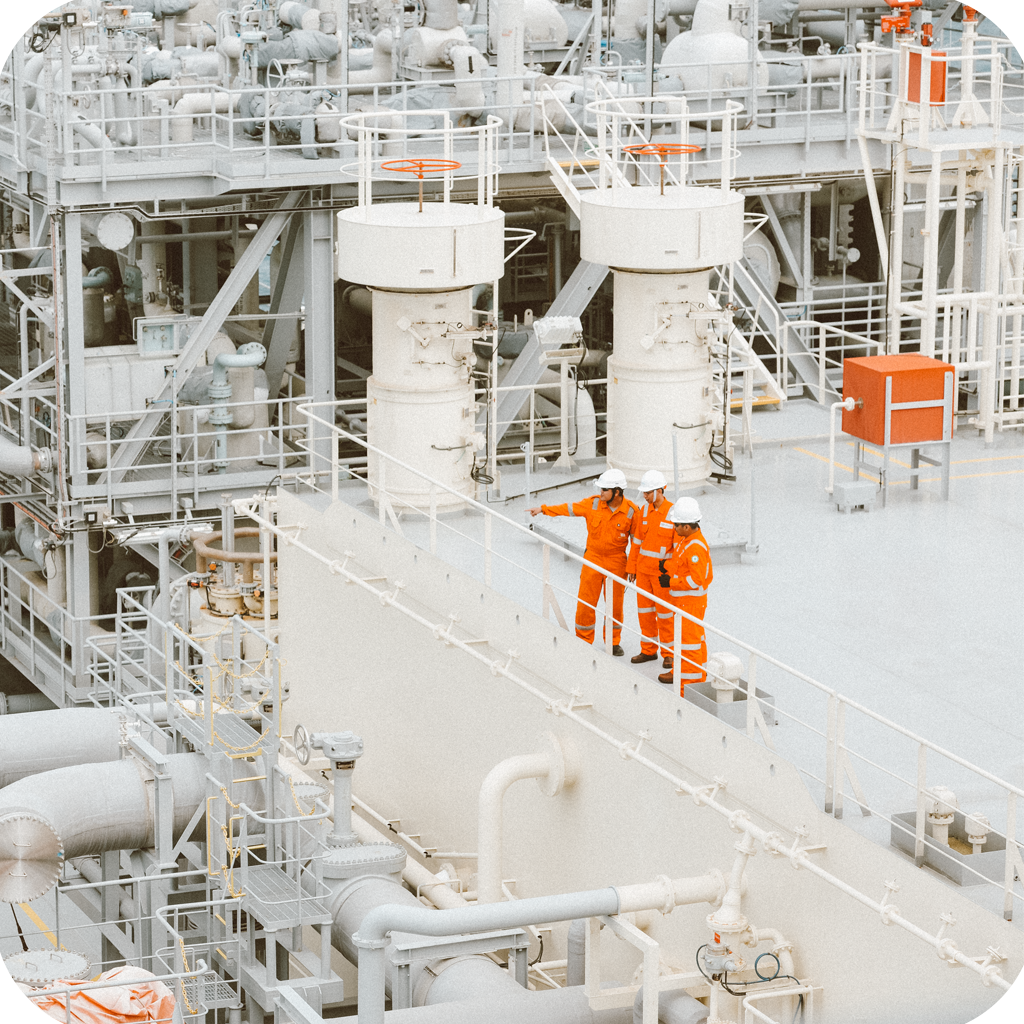
STAY WITH US
Have something you need to ask? Do not hesitate to contact us. Please fill in your data and questions in the columns provided, and we will answer them.
